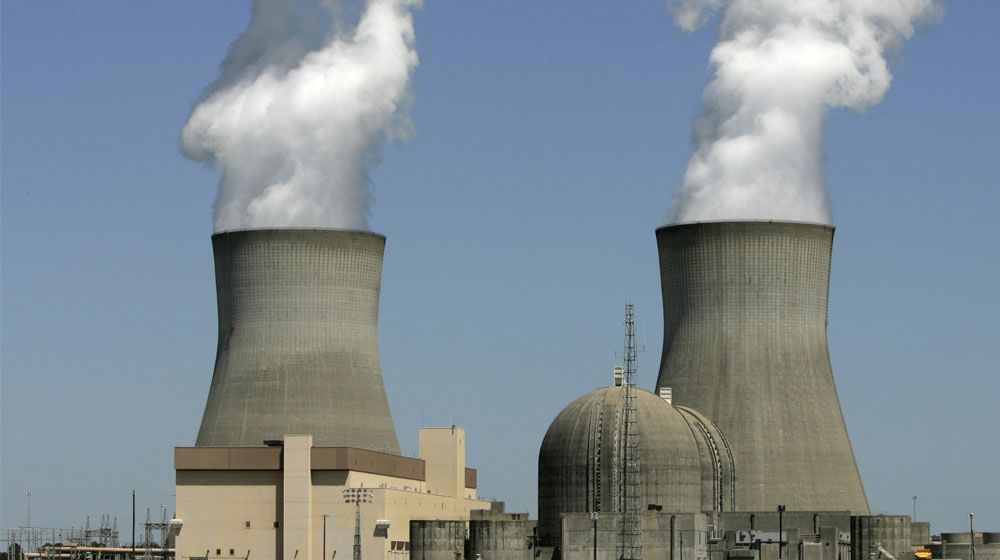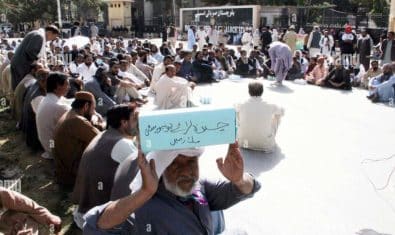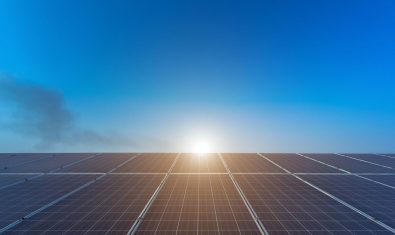One of the major takeaways from the 2022 Ukraine conflict, catastrophic floods that affected 33 million in Pakistan, and the subsequent multitude of economic crises that followed is that Pakistan needs energy independence and increased reliance on renewable & sustainable sources.
Despite the fact that Pakistan contributes only 0.8 percent to global GEH emissions, the country is the 8th most vulnerable due to climate change. On the other hand, 63 percent of our energy production comes from fossil fuels. NTDC forecast national energy demand of 139,756 MW by 2047, nearly 70 percent higher than our current installed capacity.
Nuclear energy contributes only 12 percent to our national grid with six nuclear power plants operational including the latest edition of the K-3 Unit of Karachi Nuclear Power with a capacity of 1100 MW. The country aims to generate 8800 MW through Nuclear by 2030 and 40,000MW by 2050 under its Nuclear Energy Vision 2050.
Safety and Sustainability
Studies have shown that Nuclear energy is far more sustainable and eco-friendly than Solar and Wind Power Generation. It emits 4 times less CO2 than solar and 2 times less CO2 than hydroelectricity. There have only been two major incidents in the history of nuclear energy involving the emission of radioactive material. Only 46 people died at Chernobyl (1986) and only a single casualty was reported at Fukushima Daiichi (2014).
In contrast to the common perception, Nuclear energy has the lowest mortality rate of 90 per 1000TWh produced in contrast to 444 from Solar, 1500 from Hydro, and 100,000 from Fossils for the same unit of electricity generated. Research estimates around 8 million deaths annually due to air pollution caused by the burning of fossil fuels. NASA Studies show Nuclear Energy prevented 1.84 million deaths that would’ve occurred if fossil fuels were used to produce that energy.
‘Third and Fourth Generation Nuclear reactors are at the forefront of nuclear energy, offering unparalleled safety and security’ said Shahid Raza, a technology analyst in Islamabad.
Small Modular Reactors (SMRs) are one of the most advanced types of nuclear reactors which are inherently smaller (up to 300 MW) and can be factory assembled to ship later, making them a lot more affordable than traditional reactors. SMRs can be custom designed, save costs & construction time and require less fuelling like 3 to 7 years compared to 1–2 years of traditional reactors. These reactors offer off-the-charts safety standards where passive systems are inherently able to shut down in case of any malfunction without any human intervention.
Economics of Nuclear Energy
According to David N Ruzic, Director at Illinois Plasma Institute, nuclear reactors cost almost 4–5 times higher and three times longer to construct in comparison to the same size plant working on natural gas. It means nuclear reactors won’t even start generating revenues before others sources will become profitable. On the other hand, their fuel cost is far cheaper as a single fuel pellet (the size of a batter) generates the same amount of energy as a ton of coal or, 17000 cubic feet of natural gas but that will come into effect once the reactor gets built.
It implies that nuclear reactors are hugely profitable in the long run of 10–20 years, unfortunately, our political forces can’t wait that long. They have to think about the next election cycle and with a billion $ into debt, long-term energy security gets thrown out of the window.
Nuclear Energy has the highest capacity factor of all renewable sources. Capacity factor measures how often a plant is generating electricity, solar and wind will produce electricity in only daylight and strong winds respectively, so they have a capacity factor of 34.6 percent and 24.6 percent. Coal generates electricity 49.3 percent of the time, while natural gas does it 54.4 percent. On the other hand, Nuclear produces carbon-free electricity 92 percent of the time, making it the most reliable and sustainable.
Pakistan was producing 20 percent of its electricity through nuclear in the last few months when hydro & thermal sources were facing seasonal and financial shortcomings, commented Afia Malik, Senior Researcher at Pakistan Institute of Development Economics.
Challenges for Pakistan
Challenges include discriminatory policies of the Nuclear Suppliers Group (NSG) towards Pakistan, the reluctance of countries toward civil nuclear partnership with Pakistan, and the lack of financial resources. If Pakistan aims to achieve zero carbon emissions for the energy sector by 2050 and other UNSDGs, it needs to overcome these challenges.
While Pakistan has the capacity to independently develop nuclear reactors, the financing has been significant, added Shahid Raza. He also stressed the importance of public-private partnership models in enabling the flow of capital for R&D, proposing that nuclear energy could be used in Pakistan’s 11 Special Economic Zones under the CPEC initiative to provide a dependable, sustainable, and uninterrupted supply of energy to enterprises and manufacturers. He called for the establishment of private equity-funded nuclear power plants in Pakistan.
But the major challenge is where to put this additional energy. Pakistan is already confronting the circular debt due to capacity payments, meaning we have a higher installed capacity than we can utilize, added Afia. She was of the view that our leaders inherently lack the capacity to present Pakistan’s case properly at international forums. We made significant compromises, having huge coal reserves and signing the deals with China on thermal using imported coal was one of them, she added further.
The next big thing of the 21st century after Artificial Intelligence is fusion energy. In December last year, scientists achieved a breakthrough at Lawrence Livermore National Laboratory in California, United States, by producing more energy through fusion than what it takes to ignite the reaction. Shahid predicts that the advancements in fusion energy technology will lead to the fifth industrial revolution in the next 20 years, reshaping the global economy.
To this end, he recommends that Pakistan engage in fusion energy research through both domestic and international partnerships. Lithium has been the primary source of tritium for both military and civilian-controlled fusion, and its land and sea-based reserves can power future fusion reactors for a million years. Our long-standing strategic partner China is making strides in fusion research and will reportedly be able to deploy it in the next 30 years. Pakistan needs to partner with China in fusion development to ensure long-term energy security.
Despite all the challenges, nuclear is without a doubt the safest, most sustainable, and most affordable source of energy. It’s the trio we all need to successfully fight the battles of the future and leave a planet worth living on for our coming generations.


























